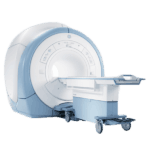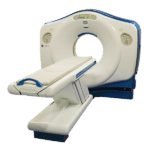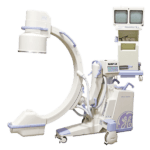Better safety practices will aid heavily in reducing medical error
As with every specialty in medicine, radiology has a chief concern, and that concern is patient safety. Patient safety is not just making sure that the diagnostic imaging equipment is up to par. Patient safety includes making sure that the procedures are the correct ones, doses of radiation are adherent to standards and, in short, making sure that the patient is safe and provided for.
A major step forward in patient safety practices has been approved by the Agency for Healthcare Research and Quality. The AHRQ has approved a patient safety organization. According to prweb.com the Patient Safety Organization is defined as “designed to help clinicians, hospitals, improve the care that they deliver to patients, by encouraging them to conduct quality and safety analyses.”
It’s great to see that safety is a concern that sits at the forefront. Patients often times dread the idea of diagnostic imaging procedures for multiple reasons. Some people are claustrophobic and others have a feeling that diagnostic imaging is invasive in some way. The great thing about the Patient Safety Organizations is that while they are starting in radiology, they are spreading across other areas. It’s important that the patient’s safety be the main priority of healthcare provider and that even better guidelines are established.
It’s a great move to, through this, encourage clinicians and everyone else to really participate without fear of possible sanctioning. As time goes on the ultimate goal, a secure patient will be achieved. This type of move will likely be a huge driver in healthcare moving forward. As diagnostic imaging continues to gain traction on a worldwide scale, eased safety concerns ensure a better place for it overall. To be able to give a patient a better breakdown of newer safety regulations while performing a CT Scan, or MRI, is something that will only help.
Get Started
Request Pricing Today!
We’re here to help! Simply fill out the form to tell us a bit about your project. We’ll contact you to set up a conversation so we can discuss how we can best meet your needs. Thank you for considering us!
Great support & services
Save time and energy
Peace of mind
Risk reduction
With the passing of time and improvement of technology, anything gathered from data will likely play a huge part in the manufacturing of future equipment over the next ten years. Chances are that better safety practices will aid heavily in reducing medical error. While the purpose of this improvement is not to make practitioners dependent in diagnostic imaging procedures alone, it makes it easier for them to use said procedures, and feel a greater degree of comfort in outcome, diagnosis, and eventual treatment plan.
The PSO information site states that: “In 1999, the Institute of Medicine (IOM) issued a landmark report entitled, “To Err is Human: Building a Safer Health System,” which highlighted critical areas of research and activities needed to improve the safety and quality of health care delivery. One critical area of the IOM report addressed the reporting and analysis of data on adverse events.” A safer health system covers all facets but it’s especially effective for diagnostic imaging and Radiology.
Nothing implemented will ever eradicate human error, but the ability to minimize it will only help as a whole. Safety will never be some standard protocol issue, safety is a vital element to improving practices and performances.
If you have any questions about diagnostic imaging equipment such as CT Scanners, please feel free to call us at any time. We look forward to taking your call and answering any questions that you may have.
References:
http://www.kxxv.com/story/22729560/strategic-radiology-patient-safety-organization-approved-by-ahrq
http://www.ajronline.org/doi/full/10.2214/AJR.09.3875



